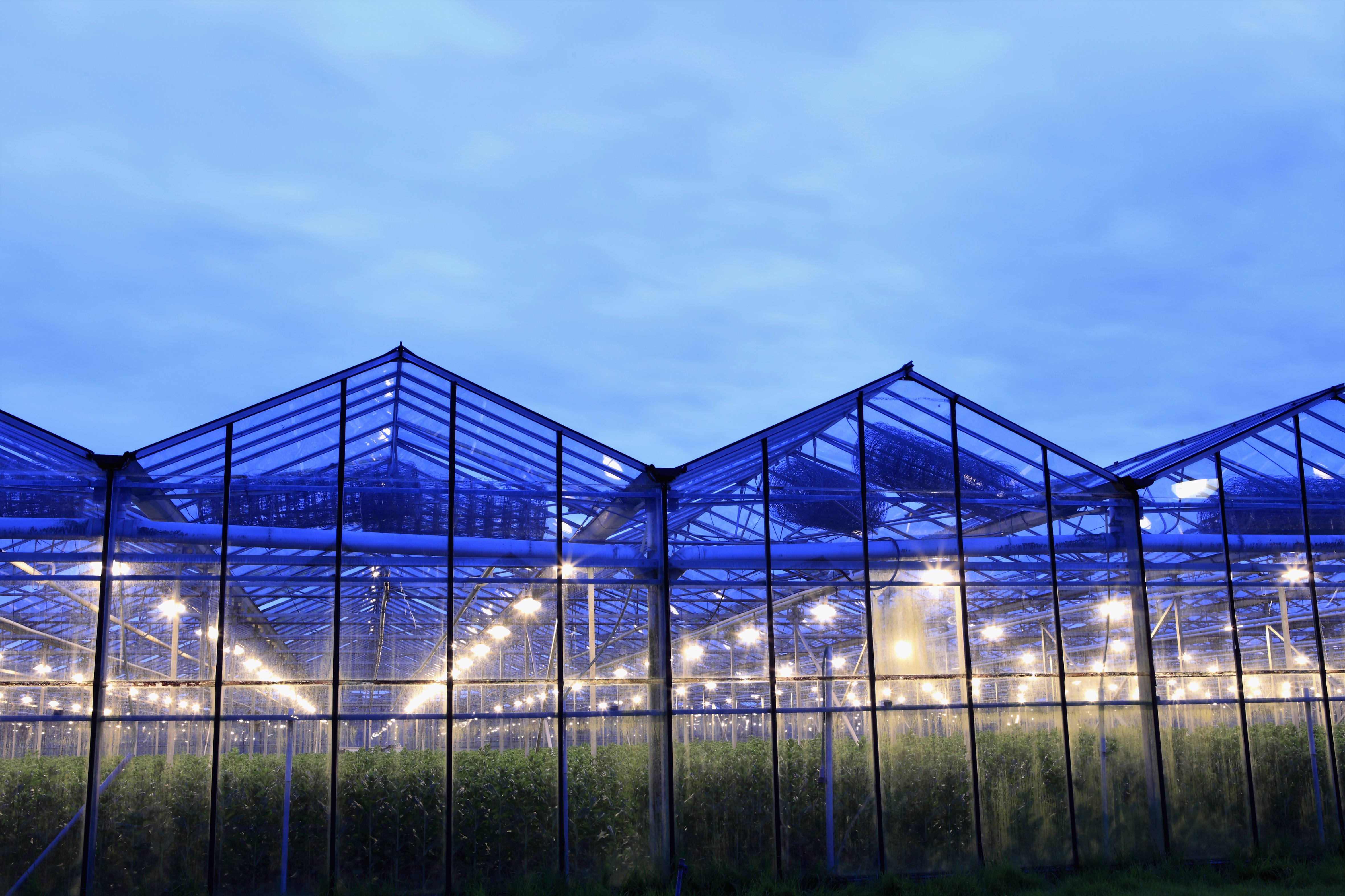Horticulture is an exciting and emerging market which until recently, was not well served by solid state lighting. Like many industries, new technology is being embraced to provide greater efficiency to the greenhouse. According to the U.S. Census of Agriculture’s report in 2014, greenhouse vegetable operations have grown more than 70% from 1476 in 2009 to 2521 in 2014. With such a large increase in operation it’s no surprise that LED luminaire sales for these applications are expected to increase dramatically. A recent report from Navigant Research expects LEDs to make up half of the new horticulture luminaire sales by 2017 as well as sales to total $2.8 billion by 2024. Indoor space used to grow food crops is expected to triple in the coming decade. “The United States and Canada are seeing some of the fastest adoption rates for LEDs in horticulture applications”, says Benjamin Freas, principal research analyst with Navigant Research.
The advantages of LED lighting for this market are plentiful; energy savings, optical design, spectral tuning, heat management, long lifetimes and low maintenance are just a few of the well-known benefits. One company, APS Salads, who has already switched to LED lighting has boasted an increase in their crops by 30% and the ability to grow tomatoes through the winter that taste as good as mid-summer ones. Phil Pearson, group development director at APS salads also stated “We can better control the crop balance because we have total control over the heating and lighting as well as a strong ROI. The new more sustainable system will have paid for itself within three years.”
While in attendance of the Horticulture Conference that took place in October, even more benefits were brought to light. Lumigrow, the leading provider of smart horticulture lighting solutions spoke of their most recent LED research trials conducted in a partnership with several commercial growers and universities. During the experiments with Cornell University and the University of Guelph they discovered that certain plants grown under LED spectrum trials experienced a longer shelf life, better disease prevention, benefits of color and longer production. Experiments with the University of Tennessee Knoxville and the University of California with commercial greens discovered that lettuce and basil grown under varied LED spectra could experience a sweeter or more peppery flavor, as well as nutritional benefits and a richer color. Another experiment performed with NC State University on tomato grafting under LED lighting discovered greater uniformity, more compactness, a possible increase in root mass and a possible reduction in healing time.
With horticulture lighting, it is important to realize that the lighting package plays a huge role in the benefits mentioned above. Picking an LED luminaire with the correct LED driver is imperative since they allow luminaire fixtures to provide complex control options such as continuous dimming, custom sunlight simulations, zone configurations, and integrated digital control systems. Inventronics offers one of the broadest portfolios of high-power programmable LED drivers that make a great fit for the growing horticultural market. Products currently range from 200-600W as well as high voltage options to support 347/480V horticulture applications.
